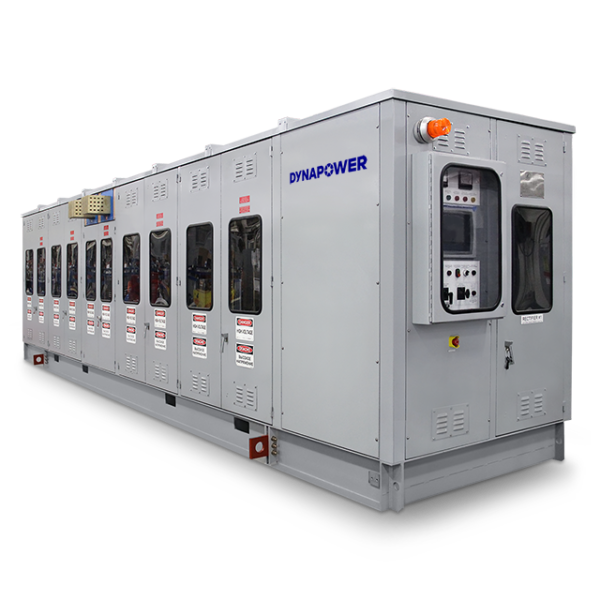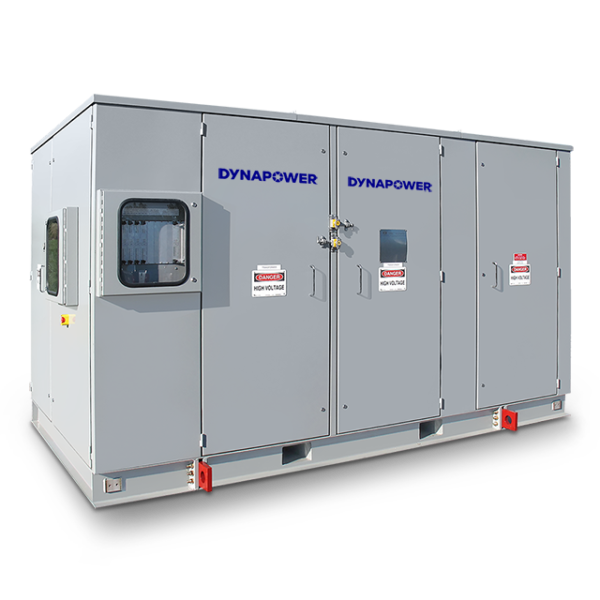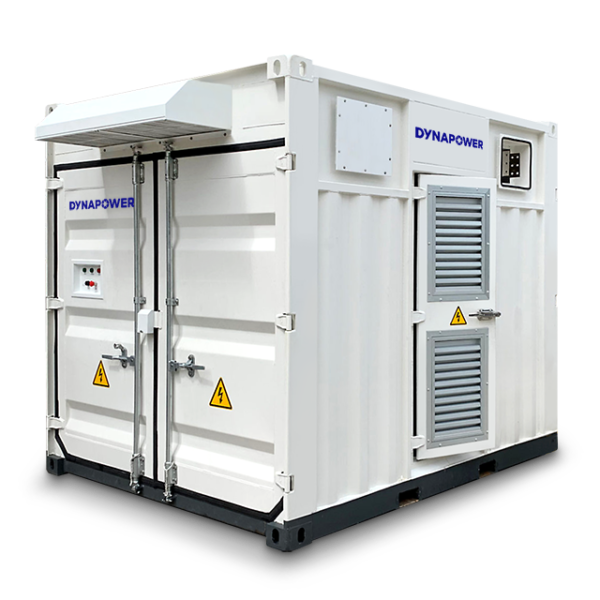As engineers start to think about the design and prototype for hydrogen production components, the starting point is not always immediately clear. When it comes to generating green hydrogen through electrolysis, you have a few options depending on your specific application.
You’re getting ready to invest a lot of money into scaling your production up. We want to make sure you have all the relevant information to make the best decision for your application.
What does the “right” decision mean? While there are a few different ways to accomplish this from an engineering perspective, there are far fewer options that will allow you to scale your production up quickly and profitably.
We are committed to helping you make the best decision on an initial design that will lead the strongest strategy to then scale that application up in an efficient and effective way.
Evaluating Your Options
While a few different options can work for you, there are key differences to take note of that will help determine which option is going to allow you to scale up your production profitably.
In this post we will explore two primary questions:
“What are the differences between the available DC power supply topologies?”
“Which option is going to allow our company to optimize for our goals?”
Option 1: SCR Thyristor Rectifier

The thyristor rectifier is a mature and robust technology that has been successfully implemented for decades. Thyristor rectifiers can scale to very high power levels, offer good control of the load current and high efficiency. They are generally easy to operate and maintain.
This topology often requires a more complex transformer design as well as harmonic filters and power factor correction equipment when connected to the grid. The typical maximum DC voltage range for thyristor rectifiers is 700-900 volts and typical maximum power per converter is under 500kW, although systems can be paralleled for higher ampacity.
Option 2: IGBT Chopper Rectifier
While this topology is technically complex, Dynapower has successfully deployed high power IGBT chopper rectifiers for over two decades in large-scale industrial applications.
The advantage with the IGBT chopper include a high power factor across the output range, compliance with IEEE 519 grid harmonics, a simplified and lower-cost transformer design, low DC ripple, and a very rapid response to changes in power generation.

IGBT chopper frequently has all-in lower CAPEX than SCR/thyristor-based rectifiers by elimining tap-changing transformers, harmonic filters, power factor correction,
and associated balance of system equipment.
The IGBT chopper rectifier also carries a high durability and reliability rating. Many of our systems are used in electrowinning applications with incredibly high heat, dust, and corrosive conditions. These rectifiers stand the test of even the most challenging conditions while still producing stable, consistent, high-quality power.
The IGBT chopper also features built-in redundancy so even if one module fails, the system can still operate, limiting interruptions to operations.
Option 3: IGBT Boost Rectifier (Inverter)

IGBT Boost rectifiers are based on our energy storage inverter platform and are designed specifically for utility interconnection and higher DC voltages (740-1500 volts). These units feature utility interactive advanced grid support modes that can facilitate utility approval of very large projects.
Additionally, IGBT Boost rectifiers offer all of the benefits s of IGBT Chopper rectifiers, including:
- High power factor
- Low harmonics
- Low DC ripple
- Simple transformer design
- High efficiency
- Easy operation & maintenance
- Excellent control of the load current
- Very rapid software protections
This model can also be used in conjunction with transformer with integral fused disconnect switch to eliminate separate switchgear.
Which topology is right for your application?
Dynapower is unique in that we can offer any of these three solutions based on your requirements and will work with you to provide an unbiased recommendation of the optimal solution for your needs
Below is a summary of the typical optimal profile for each type of solution to help you determine which route to take:
SCR Thyristor Rectifier:
- When rectifier load is small relative to interconnect (thus a tolerance for harmonics & low PF) and load tolerant to DC ripple at low output
-
Large projects where operation is consistently at full output V & I (full output minimizes harmonics and DC ripple)
IGBT Chopper Rectifier:
- Large-scale projects where DC & AC power quality are important
- Renewable energy following, consistently great performance across output range
IGBT Boost Rectifier (Inverter):
- Large-scale projects where DC & AC power quality are important
- Renewable energy following, consistently great performance across output range
- Higher DC voltages
With a full suite of reliable, high-performance products, we have the technology for any hydrogen production power supply challenge — from power factor correction and
harmonic current mitigation to DC ripple current sensitivity and power supply response speed. We support hydrogen applications from centralized plants, distributed plants, and
direct connection to renewable resources.
What’s more, we partner with you for the entire lifecycle of your equipment, including 24/7/365 worldwide support.